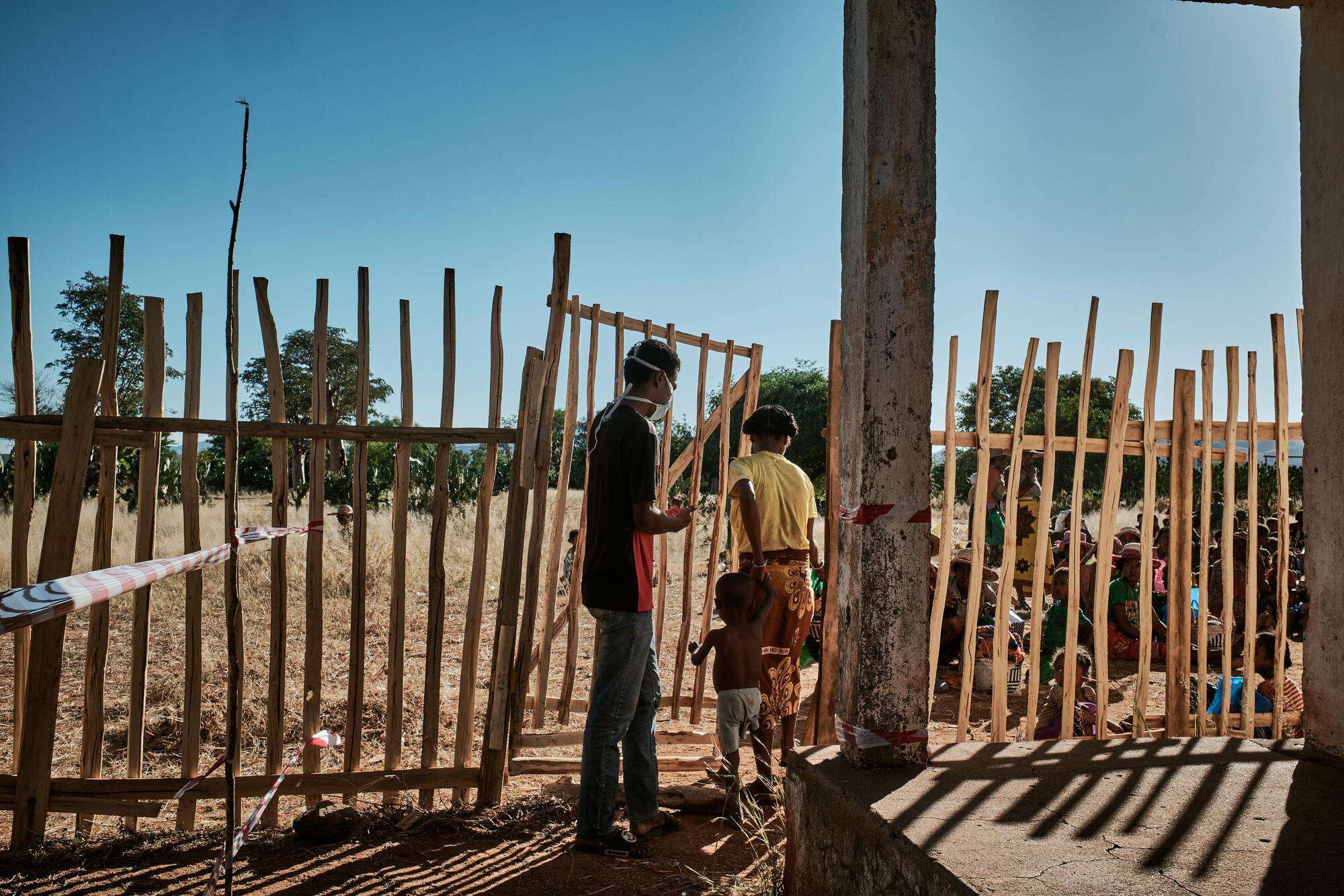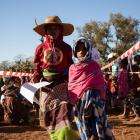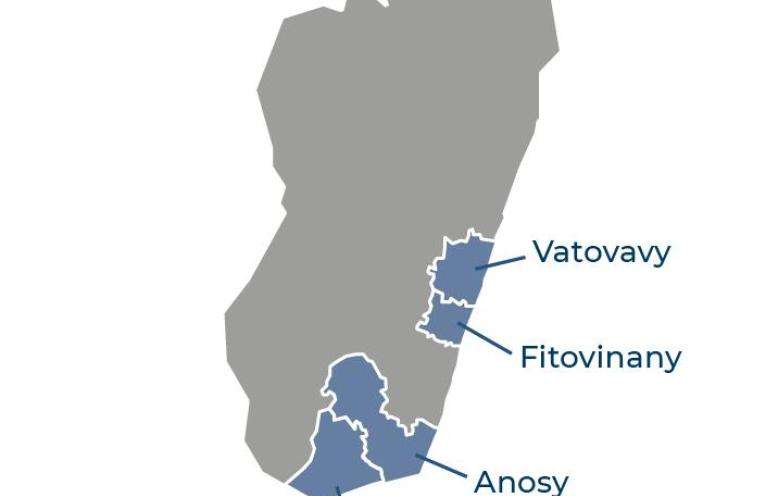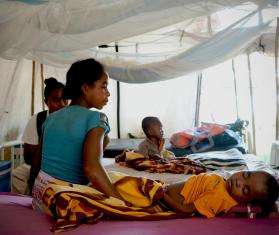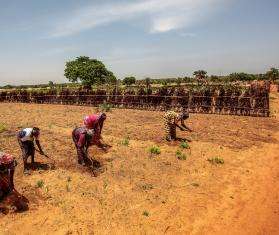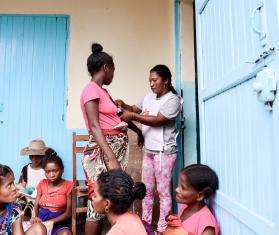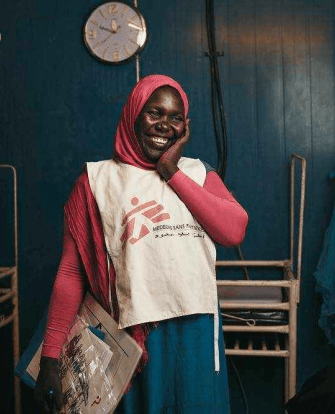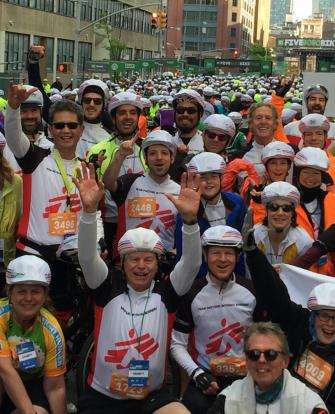In Ikongo district, the cyclones destroyed around 80 percent of crops, exacerbating the dire food security situation in the area, as people who were already vulnerable lost their main source of income. Following an assessment in December, our teams started offering medical care and nutrition support to people with moderate and severe malnutrition.
In Androy and Anosy regions, in the southern part of the country, we ended our malnutrition care activities in June after observing improvements linked with increased assistance from other NGOs and better rainfall and harvests.
In Ambovombe district, we continue to work on improving access to clean water by drilling deep boreholes. We are also developing a community-based approach, working with local people to rehabilitate existing water pumps with locally-sourced spare parts, and training technicians to repair them independently.
